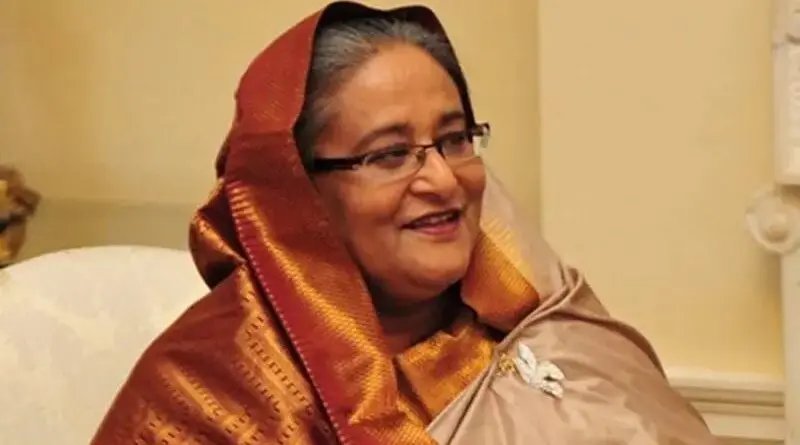Leaders Says Buoyant South Asian Economies Can Revive Global Demand
With its vast workforce, strong growth and expanding purchasing power, South Asia will be the key to reviving global demand, Nirmala Sitharaman, Minister of State for Commerce and Industry of India, said at a session on Harnessing Regional Cooperation in South Asia at the World Economic Forum Annual Meeting. “The world cannot afford to ignore the region that will be key to reviving demand,” the minister said.
Despite the South Asian Association for Regional Cooperation (SAARC) annual summit being cancelled in 2016 because of a terrorist incident in India, Sitharaman said, it is important to remember that the South Asian Free Trade Agreement is still going strong and has achieved major gains in intra-regional trade in the past few decades. She cited border haats, or markets, on the India-Bangladesh border and the India-Myanmar-Thailand trilateral highway as other examples of increasing regional integration.
Sitharaman was speaking, with other South Asia leaders, at the 47th World Economic Forum Annual Meeting, which is taking place on January 17-20 in Davos-Klosters, Switzerland
Prime Minister Sheikh Hasina of Bangladesh added that the India, Bangladesh, Bhutan and Nepal motor vehicles agreement signed two years ago is another sign of closer ties within South Asia. She said better connectivity of this kind will be an indispensable part of any strategy aimed at bringing nations and people together.
With 1.8 billion people, 7% GDP growth rate and 25% of the world’s middle class, South Asia offers trade and commerce that can improve people’s quality of life while also keeping the peace in a volatile region, the panellists agreed. Manvinder S. Banga, Operating Partner, Clayton, Dubilier & Rice, United Kingdom, said that as the world begins to de-globalize, there will be more opportunity for intra-regional trade within South Asia.
He added that countries must set aside political irritants and improve connectivity – a huge advantage for trade – as well as build common physical and social infrastructure, which can be a source of catalytic growth and enable countries to meet the common challenge of fighting hunger and poverty and providing education and healthcare to their people.
Business can help catalyse social infrastructure, particularly through digital technology, Banga said, citing the example of education where information technology offers the opportunity to transform educational reach while reducing the need for brick-and-mortar schools and teachers. Through digital technology, an entrepreneur needs much lower investment and even education to set up a business, Banga said. “There is an opportunity for digitally supported businesses at an unprecedented scale,” he added.
Mosharraf Zaidi, Founder and Campaign Director of Alif Ailaan – Time to End Pakistan’s Education Emergency, Pakistan, highlighted the need for better education for the under-25 population that gives South Asia its unparalleled demographic advantage over other regions. However, he warned that countries’ oversized emphasis on defence spending is leaving little to invest in building the region’s social capital.
Also underlying the discussion was the subtle acknowledgement that political issues such as state-supported terrorism and the legacy of mistrust between nations cannot be wished away.
Ranil Wickremesinghe, Prime Minister of Sri Lanka, admitted that Sri Lanka prefers to deal bilaterally with its larger trading partners outside South Asia as well as those within the region. Nevertheless, he said, intra-regional relations of various kinds continue to thrive between his country and other South Asian countries – such as the “camel trade” between southern India and Sri Lanka in which traders commute daily between the two places. “There is a crisis only when you stop playing cricket with each other,” he said on a lighter note.

